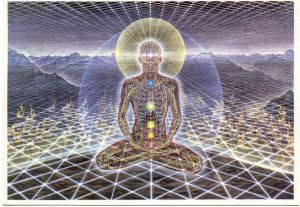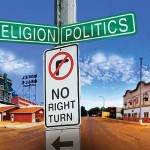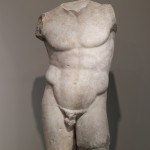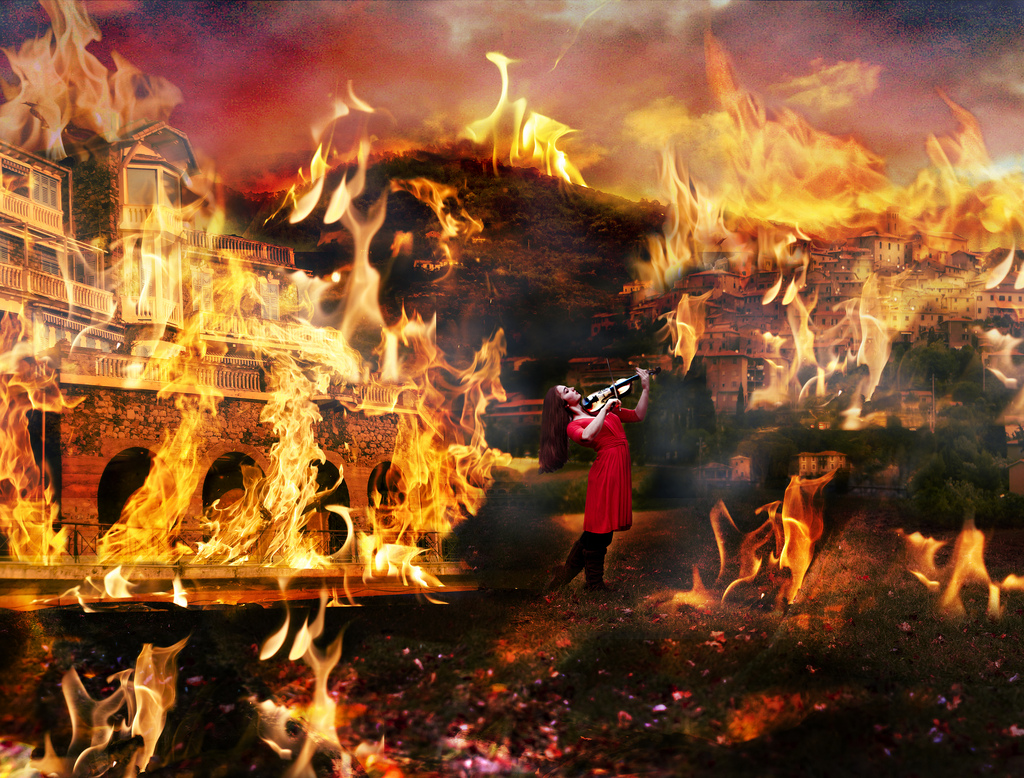I have written previously about listening as a form of meditation … listening to the silence within us, listening to where the words come from, as a way of connecting to the Unconscious. I recite this poem to myself before I begin to meditate in this way:
When I lean over the chasm of myself,
It seems my God is dark and like a web:
A hundred roots silently drinking.
This is the ferment I grow out of.
More I don’t know,
because my branches rest in deep silence,
stirred only by the wind.
— Rilke
No matter how deeply I go down into myself
my God is dark,
and like a webbing made of a hundred roots,
that drink in silence.
I know that my trunk rose from [her] warmth,
but that is all.
— Rainer Maria Rilke
I have also written about listening to nature, really listening to the sounds of the wind, the leaves, the birds and other animals, the quiet earth itself, as a way of getting outside of myself and connecting to nature. I was impressed recently, in an article about native Estonian (Neo-)paganism, reported on at The Wild Hunt, one interviewee defined pagan practice as listening:
“It is one in a chain of events that led the majority of Estonians away from God, but that does not mean they do not believe in anything at all. About 300km from Tallinn I journey to the forest to meet a group of nature lovers – nature worshippers you might call them. “We are pagan,” says Aigar Piho, father of eight children from the village of Rouge in southern Estonia. Sitting on a log in a forest clearing he tells me: “Our god is in nature. You must take time, sit down and listen.”
There is a theory that the ancient Canaanites listened to the whispering of the wind in the trees as a form of divination. I like that idea.
I recite this poem to myself before I begin to meditate in this way:
Whoever you are, no matter how lonely,
the world offers itself to your imagination,
calls to you like the wild geese, harsh and exciting —
over and over announcing your place
in the family of things.
— Mary Oliver
The third thing I try to listen to as a spiritual practice is my body. Now, in general, I try to avoid what I consider New Age ideas like the plague. But I have found the idea of “chakras” to be very powerful for me.
Let me preface this by saying that, I have always had difficulty getting out of my head. My head-centeredness, if you will, bordered on genuine solipsism. Part of what drew me to Paganism was the promise of escaping the prison of my own mind. If you set aside all the talk about energy and colors and mandalas, the idea of chakras is a very simple one: You are not your mind; there are many centers of your self.

I have found that focusing my attention to different parts of my body has helped me to feel more body integration. I actually conceive of eight centers, instead of the traditional seven. You may notice that the location of the fifth chakra is sometimes placed in the solar plexus, and sometimes in the navel, depending on the source you are consulting. These are two very different centers for me. So I just added one. They are my crown, my brow (or “third eye”), my throat, my heart, my core (solar plexus), my navel, my sacrum, and my root (perineum).
Each one of these centers is associated for me with a different complex of emotions. The strongest one for me, after the consciousness I locate in my brow, is a bundle of anxiety I feel in my solar plexus. I try to mitigate this anxiety by cycling my attention gradually through all the centers, starting with my brow and moving down to my root and then returning back up to my brow and then my crown.
I think it is important to really listen to one’s body, and not to ascribe associations to the various centers based on which other people have written. I have found what I read about chakras to be helpful, but it defeats the purpose if, instead of listening, we project our expectations onto the various centers.
I recite this poem to myself before I begin to meditate in this way:
You do not have to be good.
You do not have to walk on your knees
For a hundred miles through the desert, repenting.
You only have to let the soft animal of your body
love what it loves.
— Mary Oliver
Alternatively, I recite the following:
I have been and still am a seeker, but I have ceased to question stars and books; I have begun to listen to the teachings my blood whispers to me.
— Hermann Hesse
While I was at Pagan Pride Day this past weekend, I attended a workshop introducing Heathenry. The presenter referenced the three classes of beings reverenced in heathenry: gods, spirits of the earth, and ancestors. I recalled that this was the same structure used in the ADF ritual I attended a couple months ago. And it is the same in TOTEG Tribe. It occurred to me that these three “kindreds” (to borrow ADF’s term) could be associated with the three listening practices I’ve described above.
First, as a Jungian, I associate the gods with the Unconscious. Therefore, my practice of listening to the silence of the Unconscious is related to reverence for the gods.
Second, obviously I associate listening to nature, especially the wind, with reverence for the spirits of the land.
Finally, as a naturalist, I believe my ancestors are present in my genetic code, in my body actually. Therefore, by listening to my body, I am reverencing my ancestors in a sense. I can hear them in my bone and my blood.
















